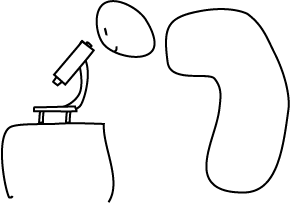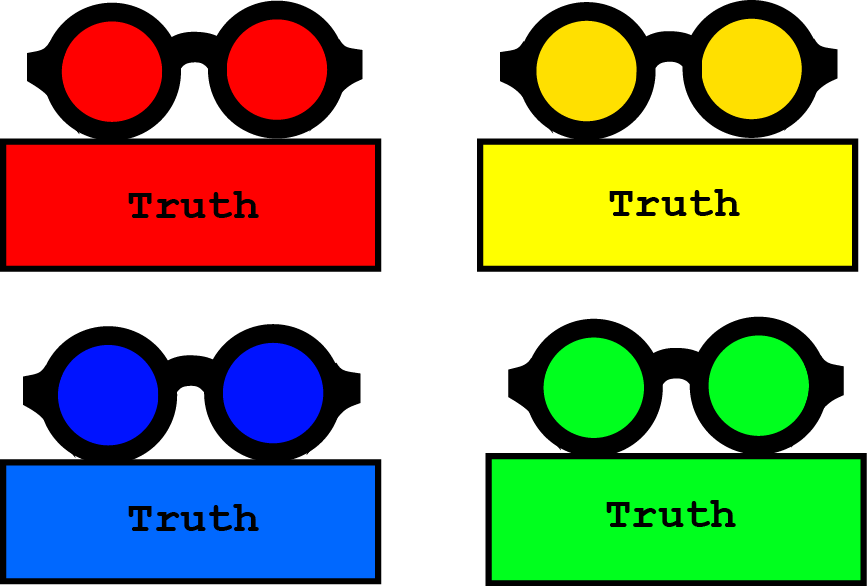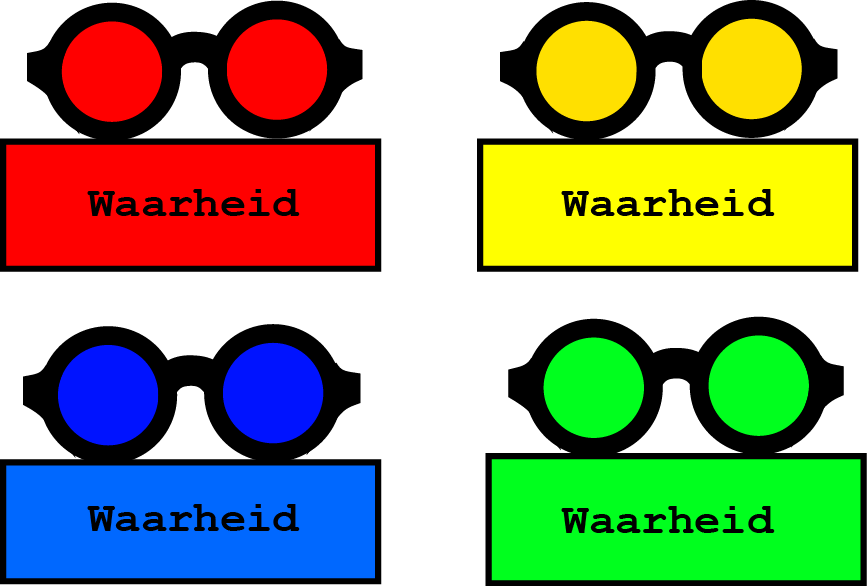
Essential for Science
Essential for Science
This blog is part of the “RFT Dictionary” series. RFT stands for Relational Frame Theory, an incredible theory that explores the relationship between language and behavior. RFT can be challenging for newcomers to grasp, as it incorporates numerous terms that may seem like a foreign language. That’s why these blogs exist—to serve as a sort of dictionary for RFT. The bolded words in the text can be found in the dictionary, providing definitions and explanations to enhance your understanding.
In the previous blog, we saw that truth and evidence depend on how you view life: your philosophy or worldview. We have established that you cannot look at life without a worldview. It’s like a pair of glasses that you can’t take off but can exchange for another pair. Even scientists wear such glasses and have a worldview. Philosopher of science, Pepper (1942), distinguished between six different global worldviews, which he called world hypotheses. Each has its own perspective on truth, also known as the “truth criterion.”

Suitability for Science
However, not every world hypothesis is suitable for science, according to Pepper. In this blog, I would like to tell you more about what a worldview or world hypothesis must meet if you want to use it as a basis for science. For science, it is necessary for me to confirm or refute someone’s claim. When I make a statement, you should be able to confirm or refute it. Pepper calls this process corroboration. Corroboration of a claim can be done in two ways:
1) Through measurements
2) Through logic
Measurements
For example, I could measure the boiling point of water using a thermometer. I say to you, the reader, “Water boils at 100 degrees Celsius.” You might not be convinced and want to conduct the measurement yourself. You do so and see that the thermometer indeed shows 100 degrees when the water boils. With your measurement, you confirm my claim. Pepper refers to this confirmation of a claim based on measurements as “corroboration of data.”

Logic
You can also confirm something based on logic. Take, for example, a chair made by a manufacturer named Poofywoof. This manufacturer, Poofywoof, is known for producing sturdy chairs. Poofywoof has a certification and undergoes regular external inspections to assess the strength of their chairs. Recently, I have purchased such a chair from Poofywoof, and I say to you, “This is a sturdy chair, go ahead and sit on it, it’s from Poofywoof!” You are still a bit skeptical and ask me, “Why is this chair sturdy? Just because it’s from Putjefrats?” I’ll respond, “Well, Putjefrats is known for producing sturdy chairs; they have a certification and undergo regular inspections.” “Oh, if that’s the case,” you say, “then it is very likely that this is a sturdy chair.” This way, you confirm my claim based on the logical coherence of various data. Pepper refers to this confirmation based on logic as “corroboration of danda.”

Within a world hypothesis, both opportunities of confirmation or refutation must be possible: both based on logic and based on data. Two of Pepper’s world hypotheses don’t meet this standard, and four do. In the next blog, we will look at the two worldviews that are unsuitable for science: Animism and Mysticism.
World hypotheses themselves cannot be corroborated
A world hypothesis cannot be refuted or confirmed as true in itself. Something is true within a particular world hypothesis or from a specific worldview. Truth does not exist independently of a world hypothesis, as mentioned in the previous blog. Trying to confirm or refute a world hypothesis is like eating your own mouth: it’s impossible. One world hypothesis cannot be more or less true than another. This also applies to world hypotheses that are not suitable for science.
In the next blog, more about Animism and Mysticism.
References
Pepper, S. C. (1942). World hypotheses: A study in evidence (Vol. 31). Univ of California Press.






